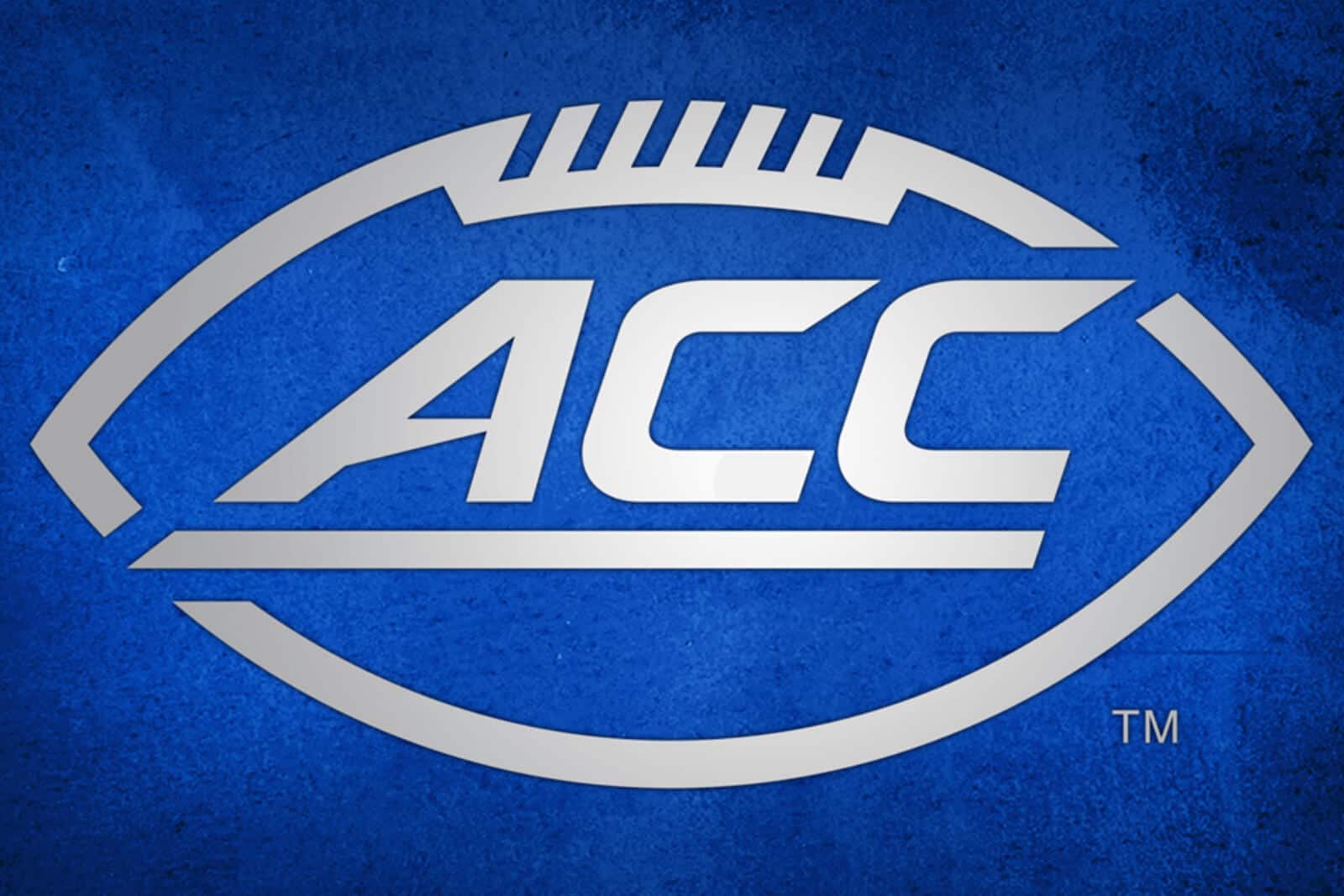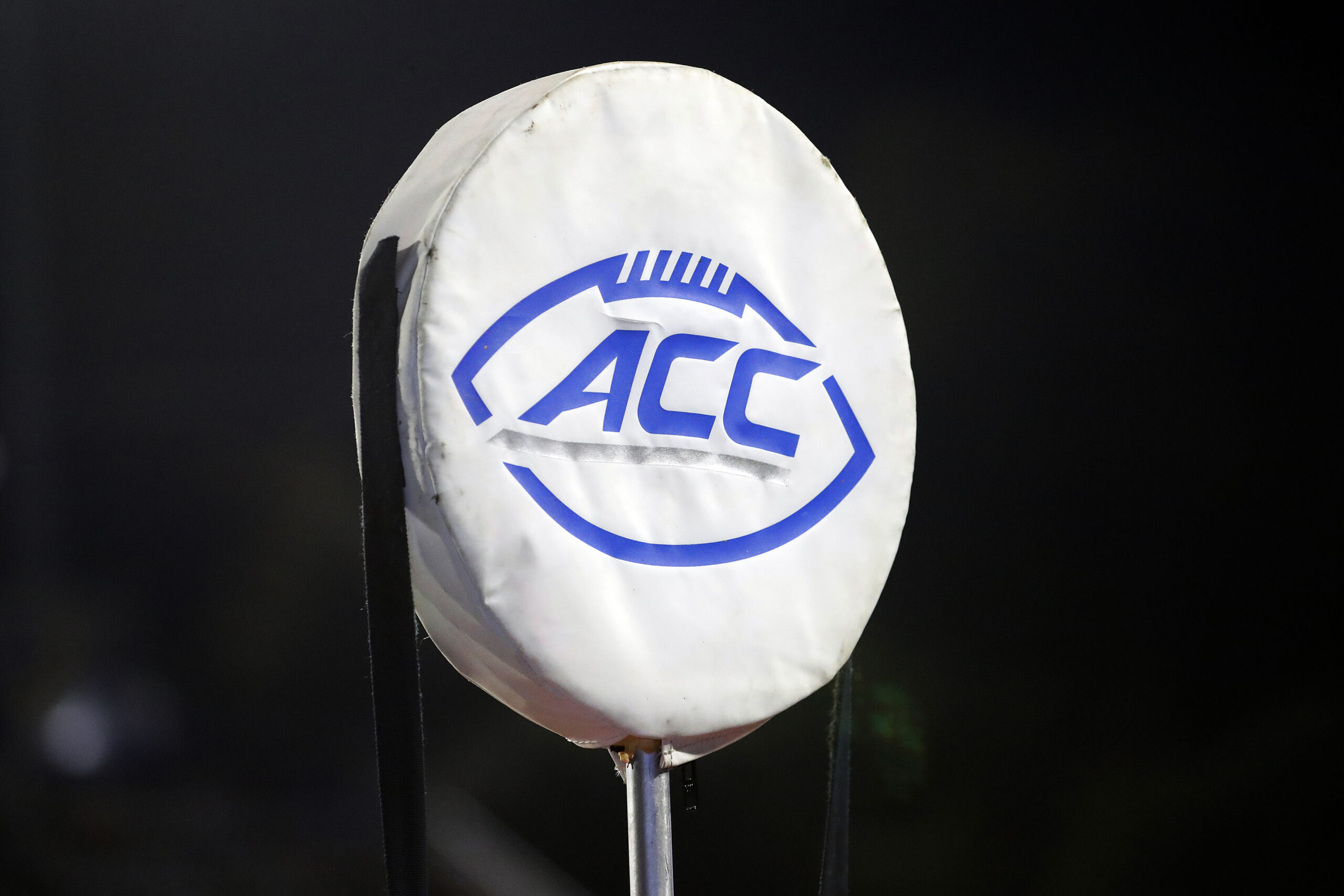The most important numbers were missing in the new ACC TV deal.
The ACC needed to make a big splash with its TV rights, given the 40-plus million per school the BIG 10, SEC and Pac-12 are about to distribute each year. At last calculation, the ACC schools were getting annual checks for about $25 million each, which drives athletic directors and coaches crazy because they wind up further behind in the athletics arms race, coaching salaries and recruiting budgets, not to mention fewer Olympic Sports on TV.
ACC Commissioner John Swofford could not afford to say at this year’s football media confab that it was still status quo with TV — that the conference and ESPN continue planning an exclusive ACC Network but details are yet to come. Instead, the large numbers Swofford rolled out were how many years the ACC and ESPN would now be in bed together – through 2036 when Swofford will be 88 years old. They talked about some kind of 24-hour ACC Network that ESPN would produce starting in 2019, but never quite distinguished between cable TV, linear distribution and digital streaming, since no one really knows the viewers’ format of choice by then.
Perhaps the most important number was extension of grant of rights by each ACC school, meaning if Clemson or Florida State decided to bolt for the SEC, their TV rights would remain with the ACC. Exactly how that would work is also ambiguous, since when Maryland left for the Big 10 there were lawsuits and counter suits that resulted in a settlement.
The big number we are all still waiting for from the ACC is, when all of these new networks and alliances wash out, just how much more per school will be distributed. That is the eight-figure digit the ADs and business managers need to put down on the revenue side of their annual budgets. And all the ACC could say was the split and distributions would be increased, but by how much is still anyone’s guess. And a guess is far from a guarantee, which the BIG 10, SEC and Pac-12 already have through their own established TV networks.










Comments on Chapelboro are moderated according to our Community Guidelines